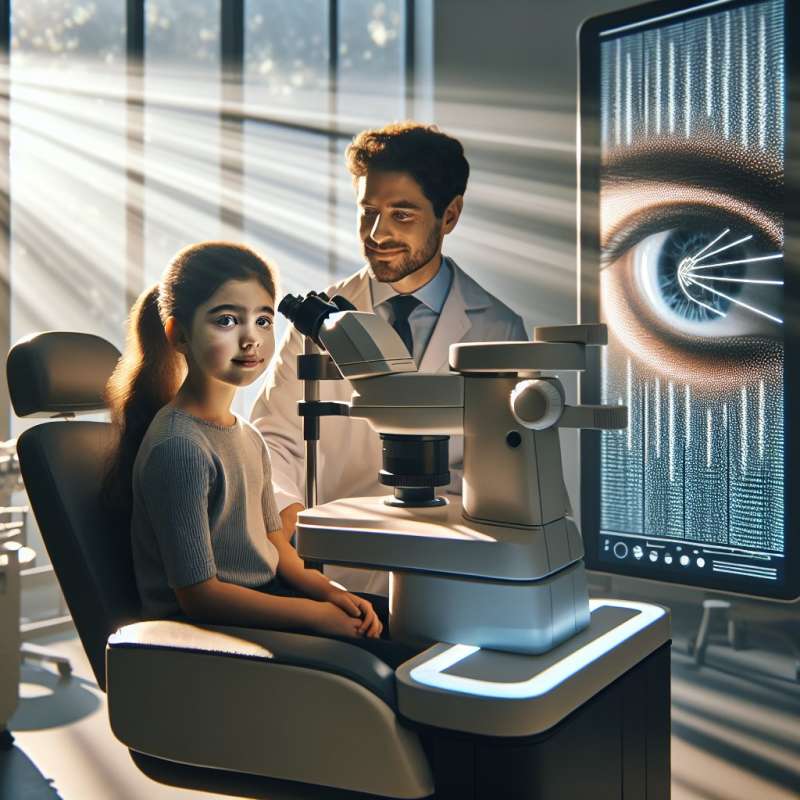
Understanding Myopia
Myopia, commonly known as nearsightedness, is a vision condition where close objects are seen clearly, but distant ones are blurred. It occurs when the eyeball is too long, or the cornea has too much curvature.
Myopia's Global Prevalence
Myopia is rapidly increasing globally, particularly in East Asia. Over 90% of teenagers and young adults in some urban areas of Asia are nearsighted. Environmental factors, alongside genetics, play a significant role in this surge.
Link to Urbanization
Studies suggest a strong correlation between urbanization and the rise in myopia. Urban lifestyles often involve prolonged indoor activities and screen time, contributing to its prevalence.
Myopia and Eye Health
Severe myopia increases risks of retinal detachment, cataracts, glaucoma, and macular degeneration. These potential complications make it important to manage and monitor myopic progression.
Preventing Myopia Progression
Outdoor activities may help prevent early myopia onset. Experts recommend two hours of outdoor play for children daily to delay its progress. Additionally, proper lighting and regular eye breaks from screens are beneficial.
Innovative Myopia Control
New methods to control myopia progression include orthokeratology (overnight contact lenses that reshape the cornea), atropine eye drops, and multifocal contact lenses, which are designed to reduce the eye's focusing effort.
Future Myopia Management
Research on myopia is evolving, with a focus on genetic factors and the impact of early life exposure to light. Advances in technology and medicine could provide more personalized approaches to prevent and treat myopia.
What condition is myopia synonymous with?
Farsightedness
Nearsightedness
Astigmatism
Company